Recent research has shown that physical therapy is a better treatment than surgery or pain medication (such as opioid medication) for relieving many cases of neck pain. Physical therapy treatments often can help people avoid the need for surgery or medication altogether.
Your physical therapist will work with you to design a specific treatment program that will speed your recovery, including exercises and treatments that you can do at home. Physical therapy can help you return to your normal lifestyle and activities.
The time it takes to heal each condition varies, but an individualized physical therapy program can be effective and efficient, and help heal neck pain in a matter of weeks.
Your physical therapist may advise you to:
- Rest the painful area by avoiding activity that causes worsening symptoms in the neck or arms.
- Stay active around the house, avoid prolonged bed rest, and go on short walks several times per day. Movement will decrease pain and stiffness, and help you feel better.
- Perform the simple neck movements he or she will teach you. These can help reduce stiffness and pain and restore normal motion of the neck.
- Apply moist heat or ice packs to the affected area for 15 to 20 minutes every 2 hours.
- Sit in firm chairs. Soft couches and easy chairs may make your problems worse.
- Consult with a physician for further services, such as medication or medical tests.
Your physical therapist will work with you to:
Reduce pain and other symptoms. Your physical therapist will help you understand how to avoid or modify the activities that caused the injury, so healing can begin. He or she may use different types of treatments and technologies to control and reduce your pain and symptoms. These may include gentle hands-on techniques, known as manual therapy, that he or she will perform for you; specific neck movements that you will be taught to perform yourself; and the use of technologies, such as electrical stimulation or traction, as required. Physical therapists examine each person individually to determine exactly what type of approach will help reduce pain.
Avoid surgery. In most cases, a physical therapist can design an individualized treatment program to help relieve neck pain—even severe radiculopathy (pain that travels from the neck down into the arm or hand)—to help individuals with neck pain avoid surgery. In rare cases, radiculopathy requires surgery to relieve its cause.
Improve posture. If your physical therapist finds that poor posture has contributed to your neck pain, he or she will teach you how to improve your posture so healing can occur.
Improve motion. Your physical therapist will choose specific activities and treatments to help restore normal movement in any stiff joints. These might include “passive” motions that the physical therapist performs for you to move your spine, or active exercises and stretches that you do yourself. You can perform these motions at home, in your workplace, and before your sports activities to help hasten healing and pain relief.
Improve flexibility. Your physical therapist will determine if any of the involved muscles are tight, and teach you gentle stretching exercises that you can perform at home. He or she also may supervise your performance of special stretches during your physical therapy treatments.
Improve strength. If your physical therapist finds any weak or injured muscles, he or she will choose and teach you the correct exercises to gently restore your strength and agility. For neck pain, “core strengthening or stabilization” is commonly used to restore the strength and coordination of muscles around your spine.
Improve endurance. Restoring muscular endurance is important for people with neck pain. Your physical therapist will develop a program of activities to help you regain the endurance you had before the neck pain started.
Learn a home program. Your physical therapist will teach you strengthening, stretching, and pain-reduction exercises to perform at home. These exercises will be specific for your needs. If you do them as prescribed by your physical therapist, you can speed your recovery.
Return to Activities. Your physical therapist will discuss your activity levels with you and use them to set your work, sport, and home-life recovery goals. Your treatment program will help you reach your goals in the safest, fastest, and most effective way possible. For spine problems like neck pain, your physical therapist may teach you correct ways to lift objects (called “body mechanics”) that will help protect your spine from further injury.
As your neck pain is improving, it will be important for you to continue your new posture and movement habits to keep your neck healthy and pain free.
Following Surgery
In rare cases of neck pain, surgery is necessary to relieve pressure on a nerve or on the spinal cord. If you undergo surgery, your physical therapist will work closely with you and your surgeon to help you regain motion and strength more quickly than you could on your own, and help you return to your daily activities as quickly as possible.
Can This Injury or Condition Be Prevented?
To prevent neck pain, people should:
- Maintain good posture (avoid slouching) at all times. That means keeping the spine and head in proper alignment during sitting, standing, and all daily activities.
- Keep your muscles strong and flexible. Participate in a consistent program of physical activity to maintain a healthy fitness level.
- Use proper body mechanics when lifting, pushing, pulling, or performing any action that puts extra stress on your spine.
- Maintain a healthy weight. This will reduce the stress on your spine.
- Stop smoking.
- Discuss your occupation with a physical therapist, who can provide an analysis of your job tasks and offer suggestions for reducing your risk of injury.
To prevent recurrence of neck pain, follow the above advice, and:
- Continue the new posture and movement habits that you learned from your physical therapist to keep your back healthy.
- Continue to do your home-exercise program as taught to you by your physical therapist. This will help maintain your improvements.
- Continue to be physically active and stay fit.
Our therapists can help resolve your pain and teach you how to prevent it from recurring: https://apexnetworkpt.com/request-an-appointment/



